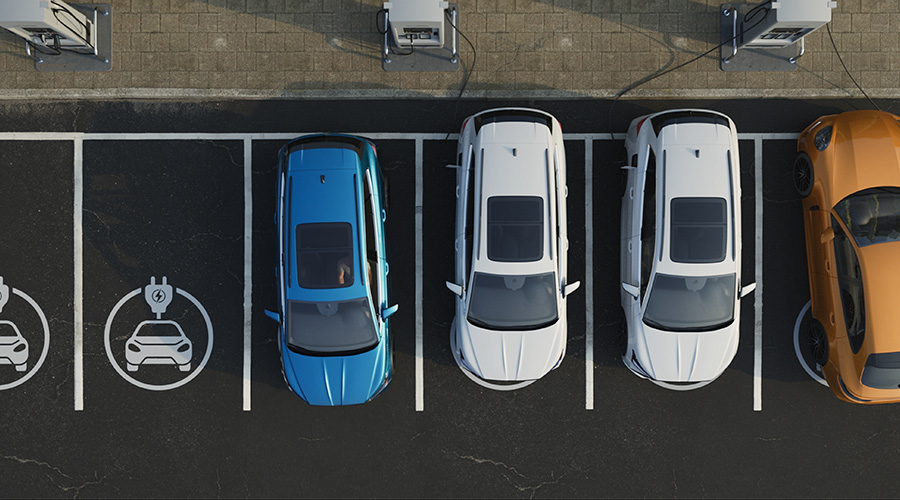New Minnesota Legislation Will Slash Greenhouse Emissions, Boost Renewable Energy
In a move that could effect utility rates, a new bill signed by Minnesota Gov. Tim Pawlenty would make the state one of the most aggressive in the nation in efforts to reduce greenhouse gas emissions and dramatically boost the amount of energy utilities are required to get from renewable sources.
In a move that could effect utility rates, a new bill signed by Minnesota Gov. Tim Pawlenty would make the state one of the most aggressive in the nation in efforts to reduce greenhouse gas emissions and dramatically boost the amount of energy utilities are required to get from renewable sources.
The legislation, called the Next Generation Energy Act of 2007, aims to increase energy efficiency, expand community based energy development and establish a statewide goal to reduce greenhouse gas emissions.
Provisions of the Next Generation Energy Act include:
Energy Savings Goals
The Demand Efficiency Initiative builds on Minnesota’s existing conservation program. It will effectively double the amount of energy saved by Minnesota’s utilities by transitioning Minnesota from energy efficiency spending goals to energy efficiency savings goals. The bill also sets a goal of 1,000 Energy Star Buildings in Minnesota by 2010 and provides funding to achieve the goal.
Community Based Energy Development
The Next Generation Energy Act expands and strengthens Minnesota’s commitment to the development of locally-owned renewable energy projects. Previous legislation also increases funding for community energy outreach through Clean Energy Resource Teams (CERTS) throughout the state.
Climate Change and Greenhouse Gas Reduction
The bill establishes statewide GHG reduction goals of 15 percent by 2015, 30 percent by 2025, and 80 percent by 2050. The bill also endorses Pawlenty's Minnesota Climate Change Advisory Group as the entity to develop a comprehensive greenhouse gas emission reduction plan to meet those goals.
Earlier this year, Pawlenty signed legislation containing the first components of his Next Generation Energy Initiative. Major goals include:
25x’25 Renewable Electricity Requirements
The nation’s most aggressive Renewable Energy Standard requires Minnesota’s electric utilities to provide 25 percent renewable electricity by 2025.
Next Generation BioEnergy and BioFuels
Pawlenty signed legislation to appropriate over $35 million for energy projects and research including:
• $15 million for bioenergy, biomass electricity, biofuels, plug-in hybrid technologies, renewable hydrogen and solar technology projects.
• $17 million for energy research, including funding for the U of M Initiative for Renewable Energy and the Environment.
• $3 million to double the number of E85 stations in Minnesota from the nation-leading 300 stations to 600 stations.
“The best time to have taken action on energy issues would've been 30 years ago. The second best time is right now," Pawlenty says. "The nation has been asleep at the switch, but here in Minnesota we are kick-starting the future by increasing our nation-leading per capita renewable fuel use, boosting cost saving measures and tackling greenhouse gas emissions."
Related Topics:











